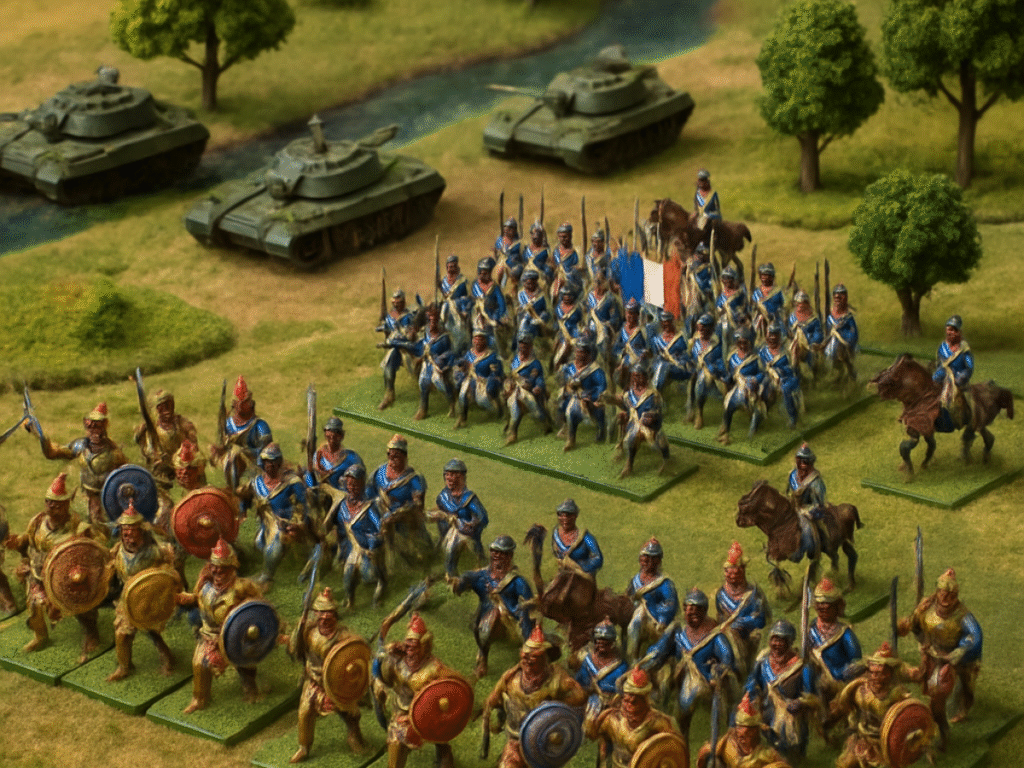The clatter of dice, the careful measurement of distances between meticulously painted miniatures, and the thrill of outmaneuvering your opponent—tabletop wargaming offers a unique blend of historical immersion, tactical thinking, and artistic expression.
At the heart of this hobby lies a fascinating variety of historical periods that captivate enthusiasts and shape their gaming experiences. Whether you’re a seasoned veteran or a curious newcomer, understanding these wargaming time periods can help you discover which historical era resonates most with your interests.
The Timeless Appeal of Historical Wargaming
Tabletop wargaming allows players to step into the boots of historical commanders, making decisions that could alter the course of simulated battles. The hobby’s enduring appeal lies in its ability to combine historical learning with strategic gameplay, creating experiences that are both educational and entertaining.
Different wargaming time periods attract different types of gamers, each offering unique tactics, aesthetics, and storytelling opportunities.
Ancient Periods: The Dawn of Organized Warfare
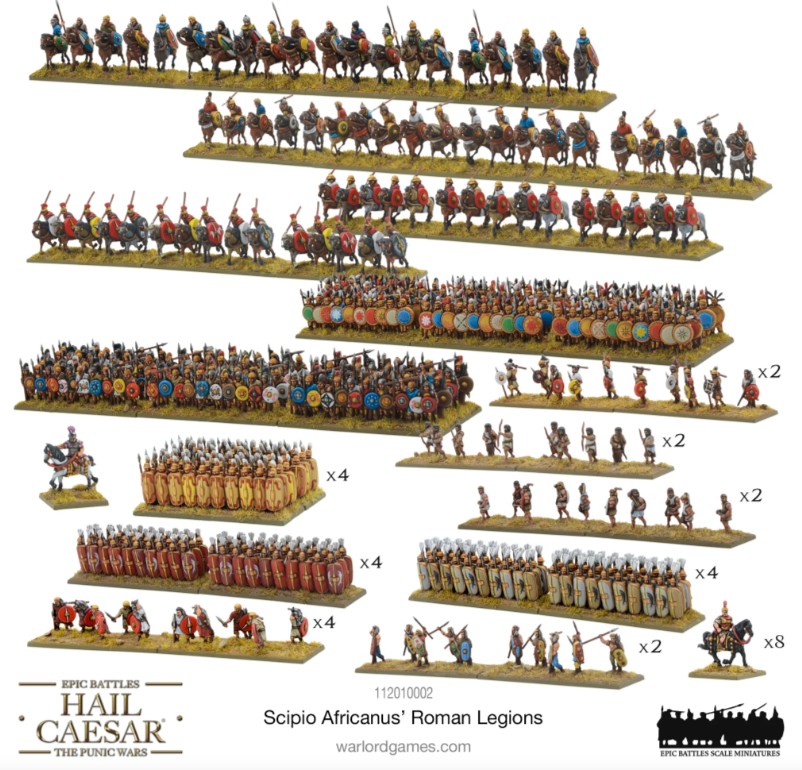
The ancient world provides some of the most iconic settings for wargaming enthusiasts. From the disciplined phalanxes of Alexander’s Macedonians to the legionnaires of Rome’s expanding empire, ancient warfare presents distinct tactical challenges and opportunities.
Popular ancient-era wargames like “Hail Caesar” and “SPQR” allow players to recreate famous battles such as Marathon, Cannae, and Alesia. The relatively straightforward nature of ancient combat—where formations, morale, and leadership were paramount—makes these periods accessible to newcomers while still offering tactical depth for veterans.
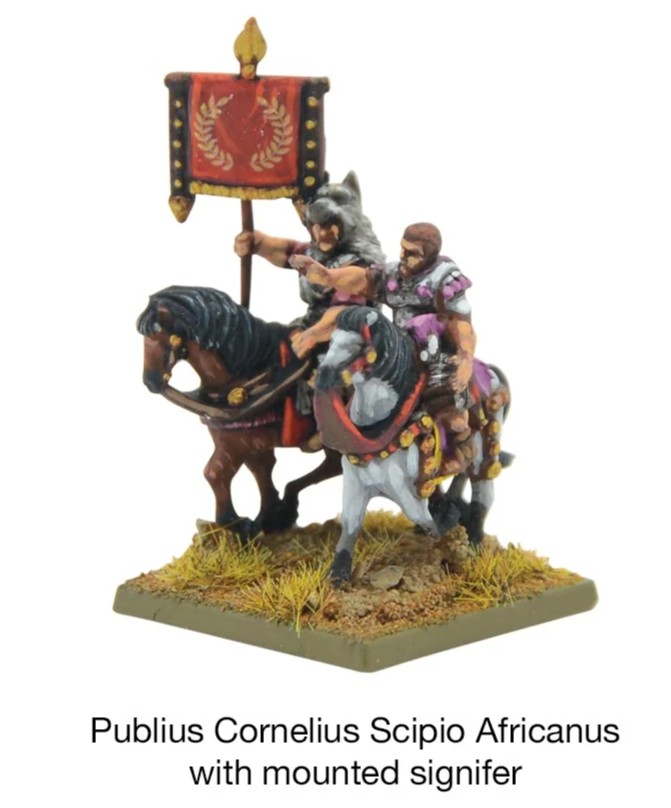
What draws many to ancient wargaming is the visual appeal of serried ranks of hoplites with their distinctive shields, or the exotic appearance of Persian Immortals and Egyptian charioteers. The clash of ancient civilizations with their diverse military traditions creates compelling narratives on the tabletop.
Many ancient wargamers find themselves drawn to specific civilizations—perhaps the technological ingenuity of the Romans appeals to some, while others prefer the elite warrior culture of the Spartans or the mobile horseback archery of the Scythians.
Medieval Periods: Knights, Castles, and Crusades

The Medieval period spans roughly a thousand years from the fall of Rome to the Renaissance, encompassing diverse warfare styles across different regions. This era brings to life the age of chivalry, castle sieges, and the Crusades.
Tabletop games like “Lion Rampant” or “Saga” capture the feel of this period, where heavily armored knights dominated the battlefield alongside peasant levies. The asymmetric nature of many medieval conflicts—where small bands of elite warriors might face larger forces of less-trained troops—creates interesting gaming scenarios.
Wargaming time periods like the Medieval period often features visually striking elements: knights in heraldic colors, imposing castles, and siege engines. The period’s romanticism, immortalized in literature and film, adds narrative weight to tabletop encounters.
For many players, the appeal lies in recreating famous conflicts like the Battle of Hastings or the struggles of the Hundred Years’ War. Others enjoy exploring the less familiar theaters of medieval warfare, such as the Byzantine Empire or the Mongol conquests, which offer different tactical challenges and aesthetic sensibilities.
Early Modern Periods: Gunpowder Changes Everything

The introduction of reliable gunpowder weapons revolutionized warfare and creates a fascinating transition period for wargamers. The pike-and-shot era, Renaissance warfare, and the Thirty Years’ War all fall into this transformative time.
Games like “Pike & Shotte” or “Furioso” allow players to command formations combining traditional melee troops with emerging firearms technology. These periods are characterized by the tactical puzzle of coordinating different troop types—how to protect vulnerable musketeers while maintaining offensive capability.
The visual appeal shifts from the medieval knight to colorful regiments of musketeers and pikemen, often dressed in vibrant uniforms. The elaborate drill formations and battlefield pageantry of this period make for visually spectacular tabletop armies.
Early modern tabletop wargaming periods attracts those interested in the evolution of military technology and tactics—the period represents a crucial turning point where the modern art of war began to take shape. Famous commanders like Gustavus Adolphus or Oliver Cromwell pioneered tactics that would influence warfare for centuries to come.
19th Century Conflicts: The Age of Empires
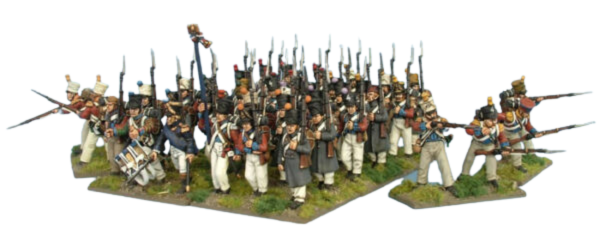
The 19th century saw warfare transform again with industrialization, improved firearms, and global imperial conflicts. Two periods in particular dominate this era of wargaming: the Napoleonic Wars and the American Civil War. Also, included in this time period is the American War of Independence.
Napoleonic wargaming, captured in rules systems like “Black Powder,” allows players to command the massive, colorful armies of this period in grand tactical battles. The visual spectacle of serried ranks of infantry in national uniforms, supported by cavalry and artillery, creates an unmistakable tabletop aesthetic.
The American Civil War offers a different appeal, as depicted in games like “Fire and Fury.” Here, the focus shifts to a conflict where industrial warfare began to emerge—rifled muskets extended battlefield ranges, railroads transformed logistics, and telegraph communications changed command and control.
Other wars that could be included are the Franco-Prussian War and the British Victorian wars that raged across the world.
What attracts many to 19th-century wargaming is the perfect balance of historical documentation (with detailed accounts and visual references) and tactical challenges. The era offers clear command structures, distinctive national armies, and well-documented battles that can be recreated with historical accuracy.
World Wars: The Modern Era Dawns
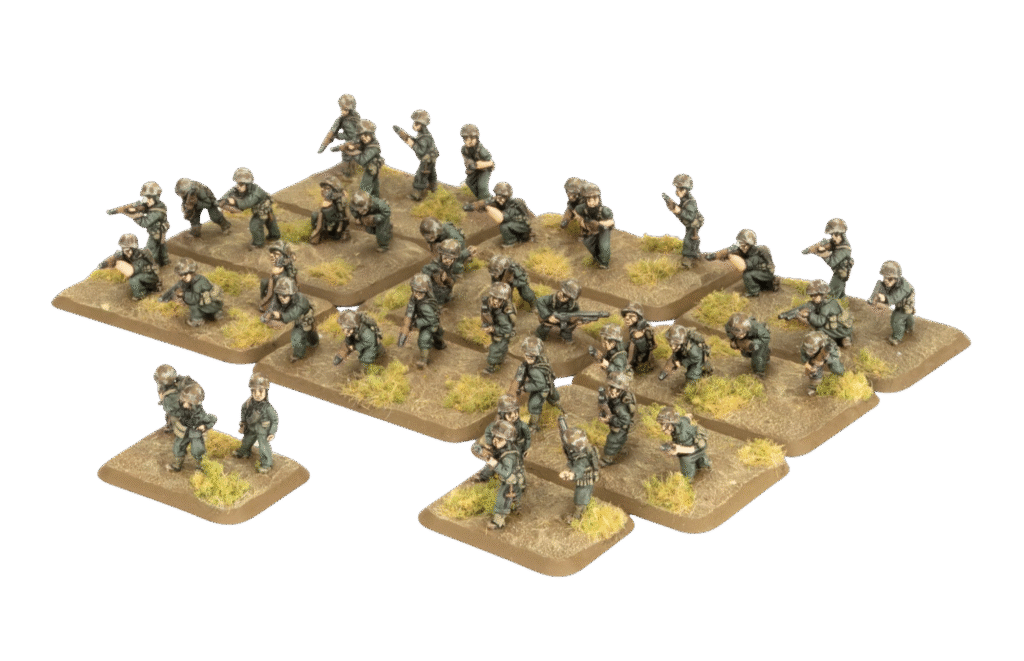
The 20th century brought warfare to an unprecedented scale and technological complexity. World Wars I and II remain among the most popular wargaming periods, appealing to those interested in the rapid evolution of military technology and combined-arms tactics.
World War I games like “The Great War” capture the tragic transition from 19th-century tactics to modern warfare—the struggle of commanders to adapt to machine guns, artillery barrages, and trench warfare. The visual contrast between the colorful uniforms at the war’s beginning and the grim, mud-splattered reality that emerged creates powerful narratives.
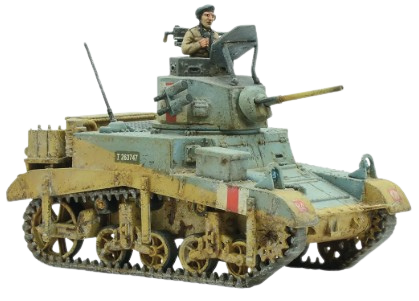
World War II wargaming, exemplified by systems like “Bolt Action” or “Flames of War,” attracts perhaps the largest segment of historical wargamers. The war’s global scope, clearly defined protagonists, and dramatic battles from North Africa to the Pacific islands provide endless gaming possibilities. The rapid technological development—from early war Panzer IIs to late war Tiger tanks—allows players to explore how changing technology affected tactics.
The popularization of WWII through films, books, and video games means many newcomers already have familiarity with the conflict, making it an accessible entry point to the hobby. The diverse range of forces involved—from massive Soviet formations to elite German units to specialized commandos—offers something for every gaming preference.
Modern and Future Conflicts: From Cold War to Science Fiction
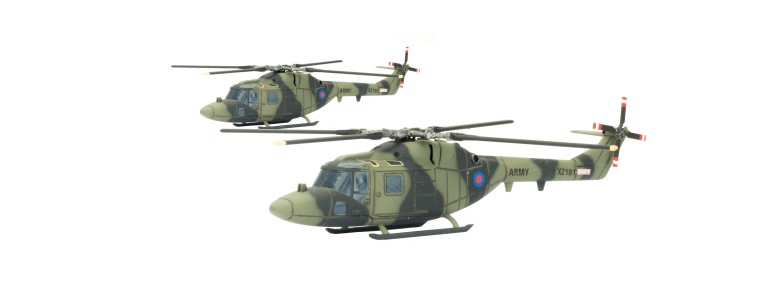
For those interested in contemporary warfare, modern conflict wargaming covers the post-WWII era to present day. Games like “Team Yankee” explore the Cold War gone hot, while others focus on actual conflicts like Vietnam, Afghanistan, or the Gulf Wars.
Modern wargaming introduces complex weapon systems, electronic warfare, and the three-dimensional battlefield where air power and helicopters play crucial roles. The visual aesthetic shifts to camouflage patterns, modern vehicles, and the more individualized nature of contemporary infantry combat.
Looking beyond historical periods, many wargamers are drawn to speculative future conflicts. Games like “Tomorrow’s War” blend current military technology with near-future innovations to create plausible scenarios. Others venture further into science fiction with games featuring power armor, alien species, or interstellar conflicts.
What unites these forward-looking wargamers is an interest in exploring how changing technology might affect military tactics and strategy. Many players find that understanding historical military evolution provides insight into how warfare might continue to transform in the future.
Finding Your Wargaming Period
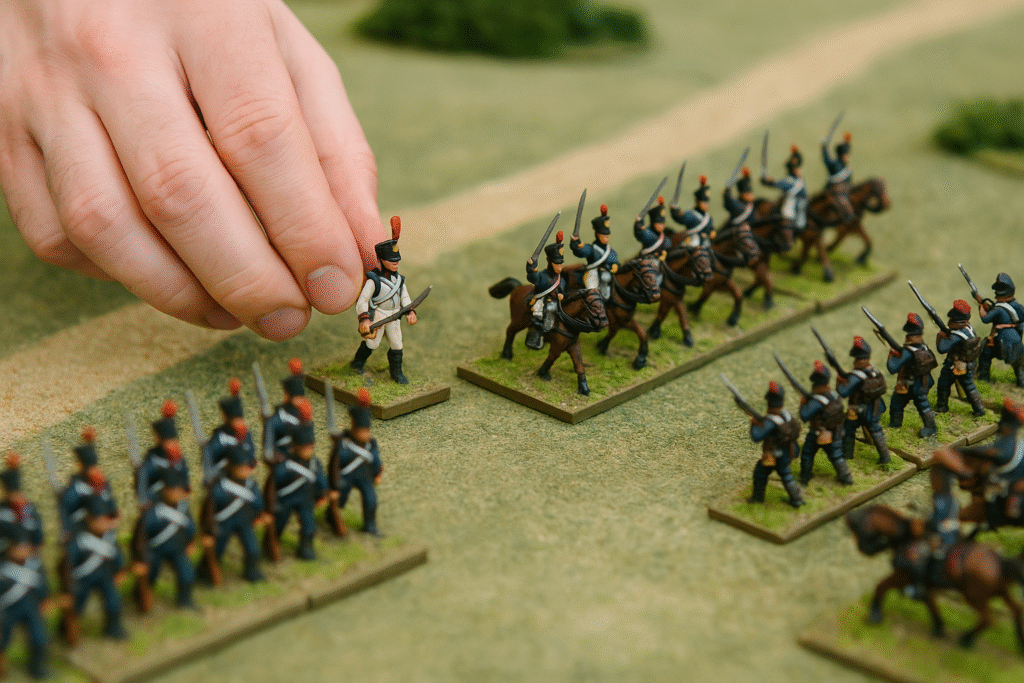
With so many rich wargaming time periods to explore, how does a newcomer—or even a veteran looking to start a new project—decide where to focus?
Consider these factors when choosing your wargaming time period:
- Aesthetic appeal: Which visual style attracts you most? Colorful Napoleonic regiments? Gritty WWII infantry? Medieval knights?
- Scale of warfare: Do you prefer massive battles with hundreds of figures, or skirmish games with a dozen detailed characters?
- Complexity preference: Some periods (like modern warfare) involve more complex weapon interactions than others.
- Historical interest: Your existing fascination with certain historical periods often provides the strongest motivation for a successful project.
- Local gaming community: Consider what periods are popular in your area, as finding opponents makes the hobby more enjoyable.
Many wargamers find themselves drawn to multiple periods throughout their hobby journey. What might begin as a childhood fascination with knights could expand into Roman legions after a memorable vacation to Italy, or into WWII after watching a compelling documentary.
The Enduring Appeal of Historical Wargaming
What makes wargaming time periods so captivating is how they connect us to human history through an interactive medium. Whether commanding Alexander’s companions at Gaugamela or American paratroopers on D-Day, tabletop wargaming allows us to engage with history in a uniquely immersive way.
The hobby combines intellectual stimulation, artistic expression, social interaction, and historical learning. Different time periods emphasize different aspects of this experience—some attract tacticians with their complex maneuver problems, others draw in painters with their colorful uniforms, while still others appeal to history buffs with their rich historical narratives.
Whatever period captures your imagination, exploring wargaming time periods offers a rewarding journey through human military history. From ancient battles fought with spear and shield to modern conflicts waged with precision munitions, each era provides its own challenges and opportunities on the tabletop battlefield.
The dice are waiting. Which period of history will you command?
What to read next?
Playtesting Bolt Action 3rd Edition with AAR & Review
Eagles to Glory Rules Review – Grand Tactical Napoleonic Play

